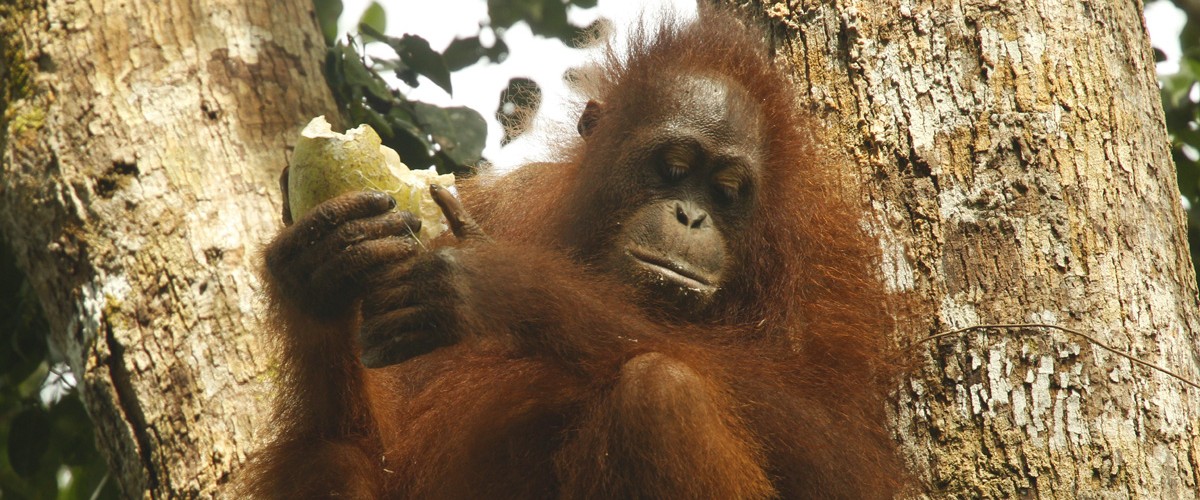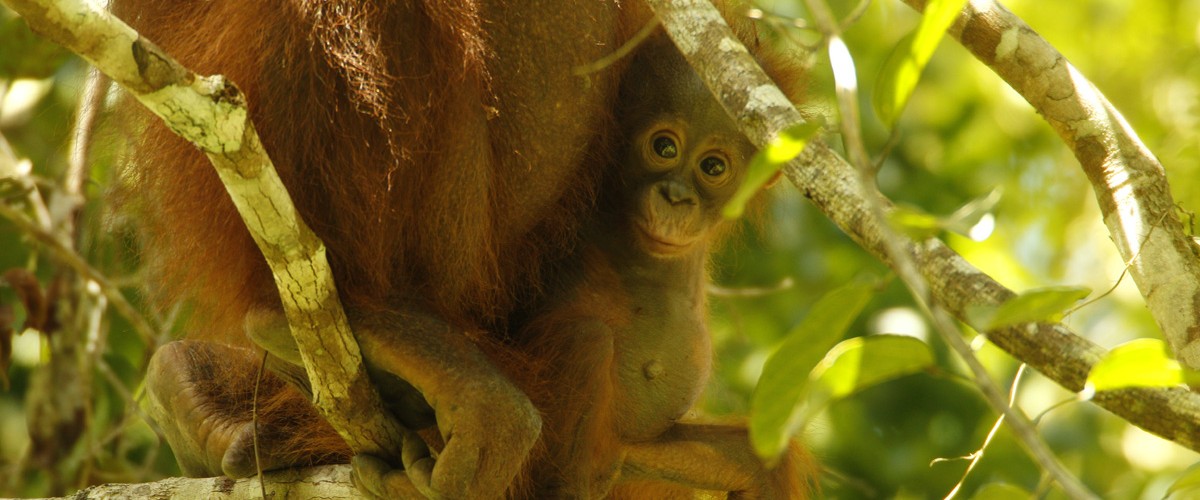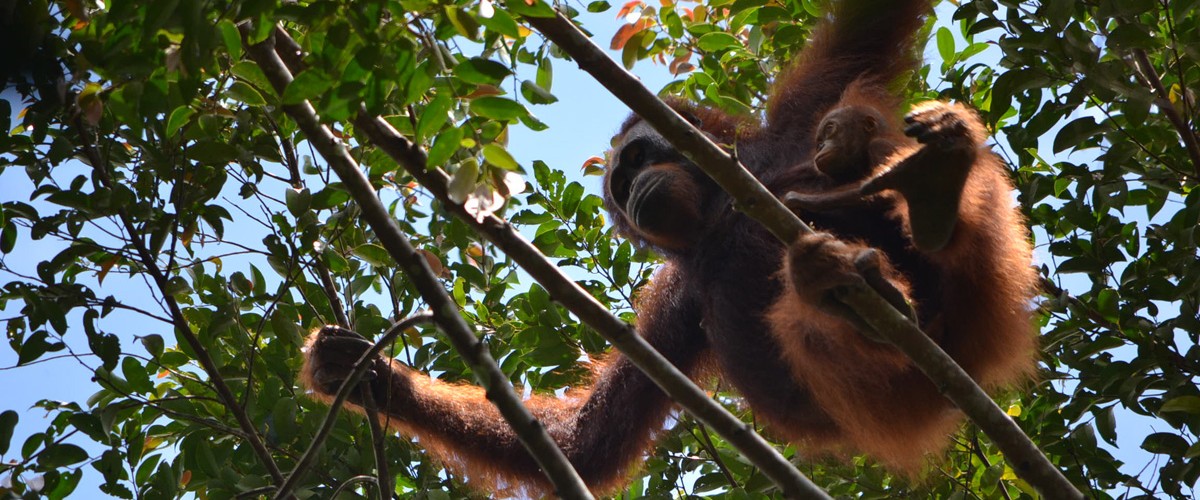By Alys Granados, GPOCP Research Manager
An interest in tropical wildlife conservation first brought me to Southeast Asia in 2013, but I couldn’t have guessed that five years later, I would have the privilege to continue working in Borneo. This spring, I joined the Gunung Palung Orangutan Project as Research Manager of the Cabang Panti Research Station in Gunung Palung National Park. As part of my Ph.D. program, I’d spent my summers in Malaysian Borneo, but had never been to the Indonesian side. I had heard of Gunung Palung, though, as I was familiar with the work that Dr. Lisa Curran and Dr. Cam Webb had done there; these studies were important sources of information during my Ph.D.
 |
|
Research Manager, Alys, exploring the Grand Canyon.
|
For my thesis, I worked in the Danum Valley Conservation Area in Sabah where I used camera traps and field experiments to investigate the ecological consequences of disrupting plant-animal interactions, with a focus on large mammals. Throughout Borneo, human activities pose a major threat to wildlife. Logging, for example, is widespread throughout Southeast Asia, fragmenting forests by breaking up those areas into smaller pieces, thereby shrinking animal habitat. Targeted removal of reproductive adult trees also means that long-lived, big trees are less likely to be found in those areas. Hunting is another major threat to animals in Borneo and directly reduces animal abundances. Findings from my Ph.D. showed that the direct effects of both hunting and logging on tropical forest herbivores can ripple through forest communities and alter the forest regeneration process.
 |
| A red leaf monkey caught by one of the camera traps used at Danum Valley Conservation Area. |
At Gunung Palung, orangutans play similar important ecological roles. As consumers of fruit, they contribute to forest biodiversity via seed dispersal. Seed dispersal is the process of animals eating fruit and then defecating the seeds as they travel to other parts of the forest. Seeds have a greater chance of surviving to germinate farther from mother trees, thus orangutans may be hugely important as long-distance seed dispersers. Unfortunately, orangutans face similar threats as those faced by the ground-dwelling mammals I studied in my Ph.D. Over the next year, I look forward to better understanding the role of orangutans in the forest community while also helping GPOCP with their community outreach and conservation efforts. Borneo is an incredible place that has become a second home to me and I feel extremely lucky to continue working in this region. The past three months have given me an amazing glimpse into the life of orangutans at Cabang Panti and I am very excited to see what the rest of the year brings.
 |
|
Bosman, one of the first orangutans Alys met at Cabang Panti. Photos by Alys Granados.
|









